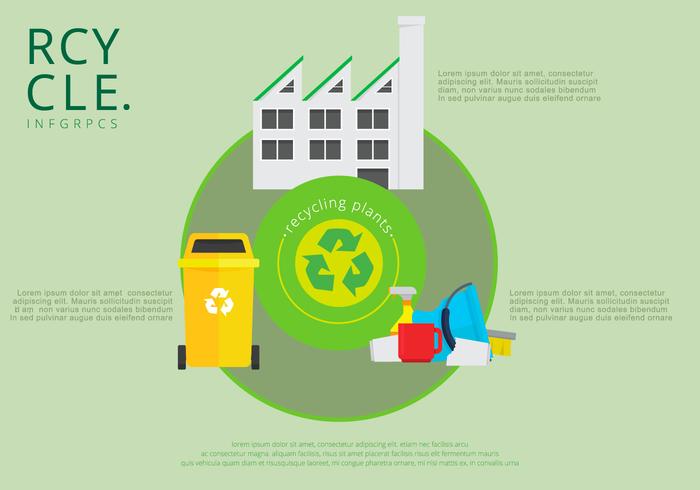Discovering The Right Dumpster Size For Your Task: A Complete Overview
Discovering The Right Dumpster Size For Your Task: A Complete Overview
Blog Article
visit here Develop By-Finnegan Hunter
When starting a project that needs a dumpster, the dimension you choose can greatly impact its effectiveness and cost-effectiveness. Picture having the ideal container that suits all your waste without being exceedingly big or also tiny. Everything begins with recognizing the subtleties of your project and choosing a dumpster dimension that lines up with your specific needs. So, prior to you choose, think about the elements at play to guarantee a smooth waste administration process throughout.
Aspects to Consider
When picking the best dumpster size, there are several vital aspects to consider.
First, think of the sort of waste you'll be throwing away. Different products may call for varying amounts of space, so understanding what you'll be placing in the dumpster is essential.
Next, evaluate the quantity of waste you anticipate to generate. If you take too lightly the quantity, you may need to make several trips to take care of every little thing, which can be bothersome and costly. On the other hand, leasing a dumpster that's also huge can lead to unneeded expenses.
Furthermore, think about the room where the dumpster will certainly be put. Ensure there suffices area for the dumpster to be provided and grabbed with no blockages.
Finally, think about any type of weight restrictions that might apply. Surpassing the weight limitation can cause additional costs or even the rejection of service.
Dumpster Size Options
For choosing the right dumpster size, it's important to have a good understanding of the readily available alternatives. Dumpster sizes generally vary from 10 to 40 cubic backyards, with variations in between.
A 10-yard dumpster appropriates for small projects like a garage cleanout or a tiny restoration. If you're dealing with a medium-sized task such as a kitchen area remodel or a cellar cleanout, a 20-yard dumpster might be the ideal choice.
For bigger projects like a whole-house renovation or commercial construction, a 30 or 40-yard dumpster could be better to suit the quantity of waste generated.
When choosing a dumpster size, think about the quantity and kind of particles you anticipate to take care of. It's much better to choose a slightly bigger dimension if you're unsure to avoid overfilling. Bear in mind, it's even more cost-efficient to rent out a dumpster that fits your demands rather than having to buy an additional one.
Matching Dimension to Job
Ideally matching the dumpster dimension to your project is crucial for efficient waste management. To determine rent a dumpster near me , take into consideration the extent and nature of your job.
For little household cleanouts or restorations, a 10-yard dumpster might be adequate. These are usually 12 feet long and can hold about 4 pickup truck tons of waste.
For bigger projects like renovating several rooms or clearing out a huge estate, a 20-yard dumpster might be more suitable. These are around 22 feet long and can hold approximately 8 pickup truck lots.
If you're taking on a major building and construction task or industrial renovation, a 30-yard dumpster could be the most effective fit. These dumpsters have to do with 22 feet long and can suit concerning 12 pickup tons of debris.
Matching the dumpster size to your project guarantees you have enough room for all waste products without overpaying for extra ability.
Conclusion
In conclusion, choosing the right dumpster size for your job is important for effective waste disposal. By taking into small trash dumpster rental like the kind and quantity of waste, space schedule, weight constraints, and budget restraints, you can guarantee you have the proper dimension dumpster for your requirements. Make certain to match the dimension of the dumpster to the extent and nature of your project to prevent overspending on unnecessary costs.
